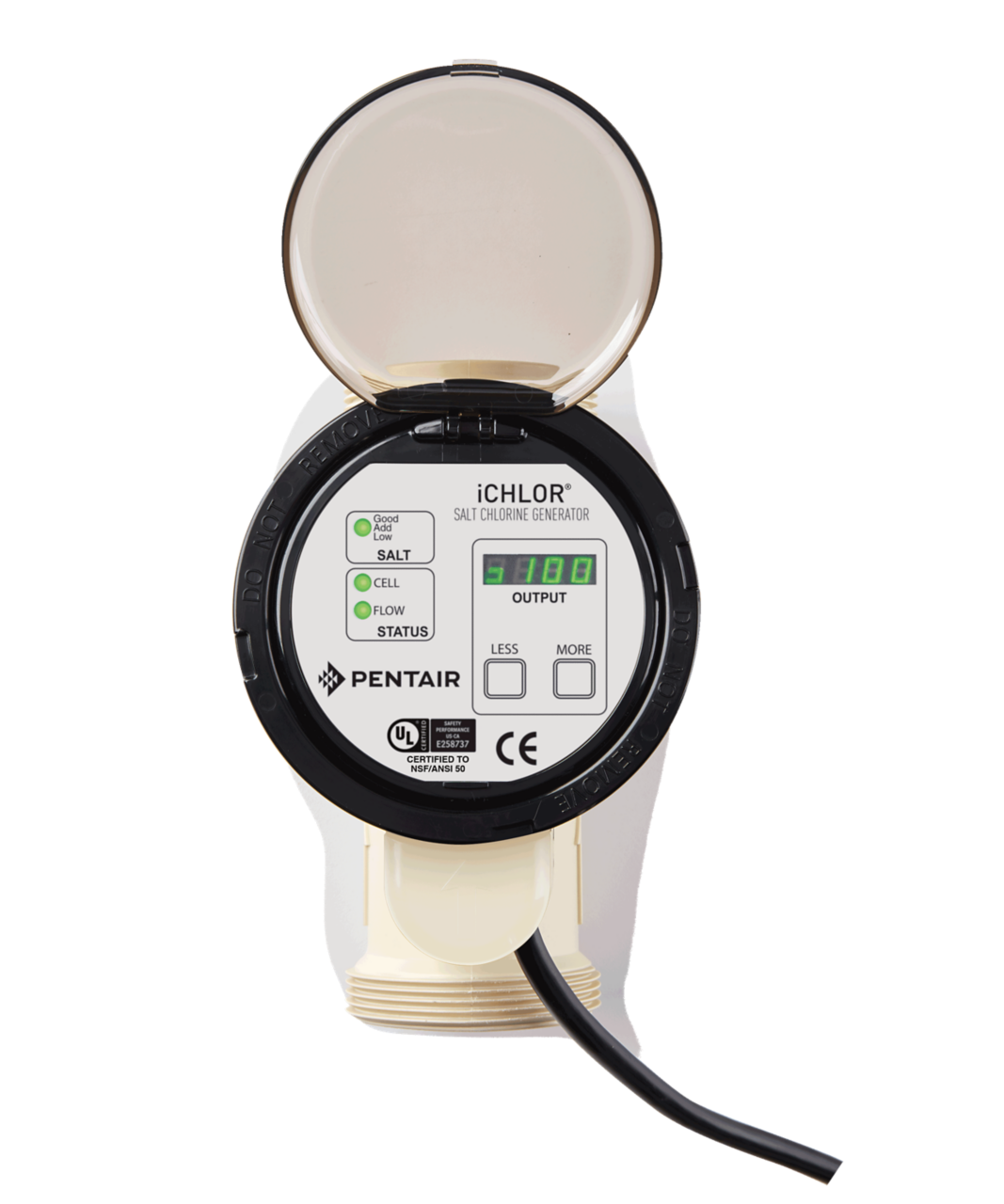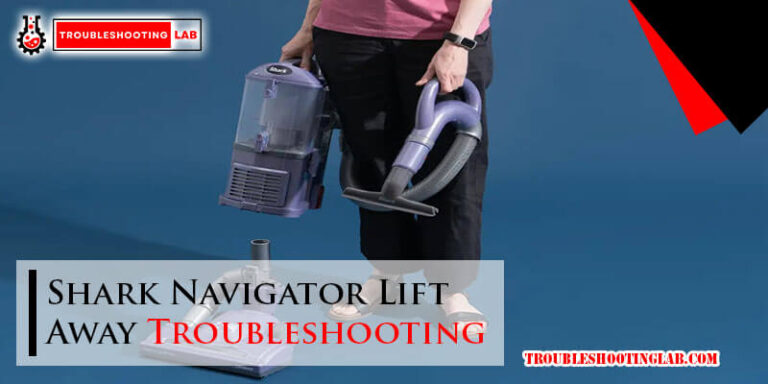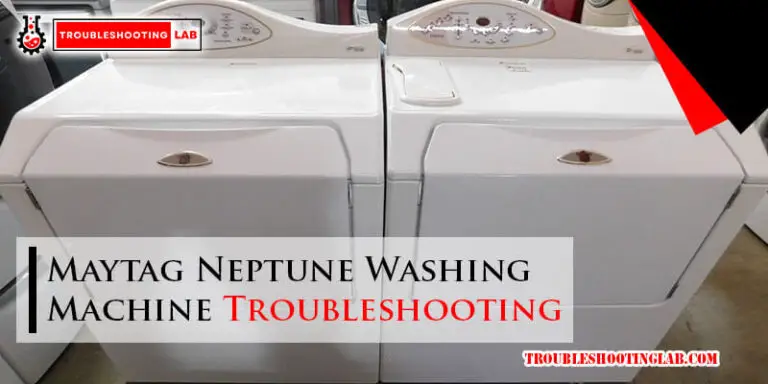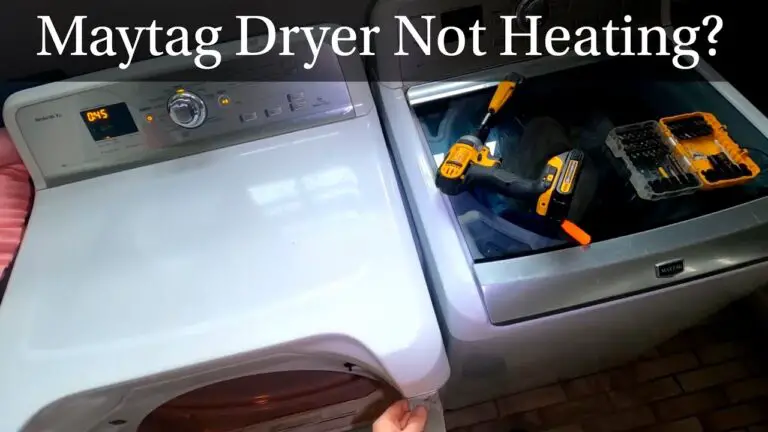Pentair Ichlor 30 Troubleshooting: Expert Tips for Quick Fixes
The Pentair Ichlor 30 is a popular salt chlorine generator. It keeps pools clean and safe.
But, like all devices, it can have issues. Having problems with your Pentair Ichlor 30? You are not alone. Many pool owners face common issues with this unit. This guide aims to help you troubleshoot and fix these problems. From error codes to common faults, we cover it all.
You will learn how to identify and solve these issues. Get your pool back to perfect condition. Read on to discover easy solutions for your Pentair Ichlor 30.
Common Issues
The Pentair iChlor 30 is a popular salt chlorine generator. Like any device, it can encounter issues. Recognizing these common problems can help you troubleshoot and maintain your pool system efficiently.
No Power
No power is a common issue with the Pentair iChlor 30. This could be due to several reasons. Firstly, check if the unit is properly plugged in. Ensure the power outlet is working by plugging in another device.
If the unit is plugged in and the outlet works, inspect the power cord. Look for any visible damage. If the cord is damaged, it may need replacing. Also, check the circuit breaker. It might have tripped and needs resetting.
Lastly, inspect the fuse in the iChlor 30. If the fuse is blown, replace it with a new one of the same rating. This might resolve the power issue.
Low Chlorine Output
Low chlorine output can be another problem. This issue may arise due to several factors. First, check the salt level in your pool. The ideal salt range for the iChlor 30 is between 2700 to 3400 ppm. Use a salt test strip to check this.
If the salt level is correct, examine the cell for calcification. Calcium buildup can hinder chlorine production. Clean the cell using a mild acid solution to remove any deposits.
Another factor could be the pool’s water temperature. The iChlor 30 operates best in temperatures between 50°F and 104°F. Ensure the water temperature is within this range.
Lastly, check the run time. The iChlor 30 might not be running long enough to produce adequate chlorine. Increase the run time if necessary.
| Issue | Potential Solution |
|---|---|
| No Power | Check plug, outlet, power cord, circuit breaker, and fuse. |
| Low Chlorine Output | Check salt level, clean the cell, ensure proper water temperature, and adjust run time. |

Credit: www.pentair.com
Diagnosing Problems
Identifying issues with the Pentair iChlor 30 can be straightforward. This section will guide you through the steps to diagnose common problems. Follow these steps for a quick and effective diagnosis.
Visual Inspection
Start with a visual inspection. Look for obvious issues like loose connections or debris. Check the cell for any visible damage.
- Ensure all connections are secure.
- Look for cracks or leaks in the system.
- Check for debris blocking the cell.
A thorough visual check can often reveal simple fixes. If everything looks fine, proceed to the next step.
System Alerts
The iChlor 30 system has built-in alerts. These alerts help identify specific issues.
- Green light: System functioning normally.
- Red light: Error detected. Refer to the manual.
- Flashing lights: Specific issues like low salt or flow.
Refer to the user manual for detailed alert explanations. This can help pinpoint the exact problem and guide you to the solution.
By performing these steps, you can effectively diagnose most issues with your Pentair iChlor 30.
Power Problems
Experiencing power problems with your Pentair Ichlor 30 can be frustrating. Power issues can cause your salt chlorine generator to stop working. Let’s explore some steps to troubleshoot these power problems.
Check Connections
First, check all the connections. Ensure the power cord is securely plugged in. Look for any loose or frayed wires. Verify that the unit is properly connected to the power source.
Test Power Source
Next, test the power source. Use a voltage meter to check the outlet. Ensure it provides the correct voltage. If the outlet is faulty, try a different one. Confirm the power supply is not the issue.

Credit: www.poolbrigade.com
Chlorine Production
Ensuring efficient chlorine production is crucial for maintaining a clean pool. The Pentair iChlor 30 is designed to produce chlorine through a salt cell. If the chlorine levels are low, troubleshooting the system is necessary. This section will guide you through inspecting the cell and cleaning the electrodes to boost chlorine production.
Inspect Cell
Regularly inspecting the salt cell is essential for optimal performance. Follow these steps:
- Turn off the pool pump.
- Disconnect the power to the iChlor 30.
- Remove the cell from the plumbing.
- Visually inspect for any debris or buildup.
If you see any visible damage or heavy scaling, it might be time to clean or replace the cell.
Clean Electrodes
Cleaning the electrodes can improve chlorine production. Use this method:
- Mix a solution of 4 parts water to 1 part muriatic acid.
- Place the cell in a container, ensuring the electrodes are fully submerged.
- Let it soak for 15 minutes.
- Rinse thoroughly with fresh water.
Ensure the cell is completely dry before reinstalling it back into the system.
Regular cleaning of the electrodes can prevent scaling and improve efficiency.
Flow Rate Issues
Flow rate issues with your Pentair Ichlor 30 can disrupt your pool’s cleanliness. Low or inconsistent flow can cause this. This section will help you address these issues efficiently.
Check Flow Sensor
The flow sensor ensures proper water circulation. A faulty sensor can lead to flow rate issues. First, locate the sensor on your Ichlor 30. Ensure it’s clean and free of debris. Sometimes dirt or algae can block it.
If the sensor is clean, check its connection. Loose or damaged wires can cause inaccurate readings. Tighten any loose connections. Replace damaged wires to restore proper function.
Inspect Plumbing
Your pool’s plumbing system is crucial. Blockages or leaks can reduce flow rate. Inspect all pipes and fittings. Look for cracks or breaks. Even small leaks can impact flow.
Check for obstructions in the pipes. Leaves, dirt, and other debris can accumulate. Use a plumbing snake or similar tool to clear any blockages. Regular maintenance of your plumbing helps maintain optimal flow.
Salt Level
Maintaining the correct salt level is crucial for the Pentair iChlor 30. This ensures your pool remains clean and safe. If the salt level is off, the chlorine generator may not work properly. This can lead to cloudy water or algae growth.
Test Salt Concentration
First, test the salt concentration in your pool. Use a reliable salt test strip or digital tester. Follow the manufacturer’s instructions for accurate results. The ideal salt level for the iChlor 30 is between 2700-3400 ppm.
If the salt level is too low, the chlorinator cannot produce enough chlorine. This can make your pool unsafe for swimming. If the salt level is too high, it can damage pool equipment.
Adjust Salt Levels
To raise the salt level, add pool salt in small amounts. Spread the salt evenly around the pool. Allow the salt to dissolve completely. Retest the salt concentration after 24 hours.
If the salt level is too high, you may need to dilute the pool water. Drain a portion of the water and refill with fresh water. Retest the salt concentration to ensure it falls within the ideal range.
Maintaining the correct salt level helps the iChlor 30 function efficiently. This keeps your pool water clean and healthy.
Maintenance Tips
Maintaining your Pentair iChlor 30 is essential for its efficiency and longevity. Proper maintenance ensures optimal performance and extends the life of your device. Follow these simple tips to keep your salt chlorine generator in top shape.
Regular Cleaning
Regular cleaning is crucial for the Pentair iChlor 30. The cell plates can accumulate calcium deposits over time, which can reduce efficiency.
- Turn off the power before cleaning.
- Remove the cell from the plumbing.
- Inspect the cell for calcium deposits.
- Use a hose to rinse off loose deposits.
- Soak the cell in a cleaning solution if needed. Use a 4:1 water to acid ratio.
- Rinse the cell thoroughly with fresh water.
- Reinstall the cell and turn the power back on.
Regular cleaning can help avoid problems and keep the unit running smoothly. Check the cell every three months or more often if the pool has hard water.
Seasonal Shutdown
Properly shutting down your Pentair iChlor 30 for the season is important. Follow these steps to ensure it remains in good condition during the off-season:
- Turn off the power to the unit.
- Disconnect the cell from the plumbing.
- Clean the cell as described in the regular cleaning section.
- Store the cell in a cool, dry place.
- Cover the control box to protect it from the elements.
These steps help prevent damage during the winter months. When the season starts again, inspect the unit before restarting it.
By following these maintenance tips, you can ensure the Pentair iChlor 30 operates efficiently and lasts longer. Regular cleaning and proper seasonal shutdown are key practices for maintaining your salt chlorine generator.
When To Call A Professional
Seek professional help for your Pentair Ichlor 30 if you notice persistent error codes or unusual performance issues. Experts can diagnose and fix complex problems, ensuring optimal operation.
Troubleshooting your Pentair iChlor 30 can be a straightforward task. But sometimes, issues persist or become too complex. It’s important to know when to call a professional. This ensures your system runs efficiently and safely.Persistent Problems
Some problems just won’t go away. If you’ve tried all basic troubleshooting steps, it’s time to get help. For example, if the unit keeps shutting off, a professional can diagnose the issue. They have the tools and expertise to find the root cause. Other persistent issues can include low chlorine levels. If adjusting settings doesn’t help, there might be a deeper problem. A professional can check for hidden issues. They can ensure your system is working properly.Complex Repairs
Some repairs are too complex for DIY fixes. Electrical problems can be dangerous. A professional has the skills to handle these safely. They can replace faulty parts without risking damage to your system or yourself. Complex repairs also include software issues. If the unit’s control panel is not responding, it could be a software glitch. Professionals have the knowledge to update or fix the software. This ensures your system runs smoothly. In summary, persistent problems and complex repairs require a professional. They ensure your Pentair iChlor 30 operates efficiently and safely. Don’t hesitate to call for expert help when needed. “`
Credit: www.youtube.com
Frequently Asked Questions
How Do I Reset My Pentair Ichlor 30?
To reset the iChlor 30, turn off the power. Wait 30 seconds. Turn it back on.
Why Is My Ichlor 30 Not Generating Chlorine?
Check the salt level. Ensure it’s between 3000-4500 ppm. Clean the cell if needed.
What Do Flashing Lights On Ichlor 30 Mean?
Flashing lights indicate issues. Check salt level, water flow, or cell condition. Refer to the manual.
How Often Should I Clean My Ichlor 30 Cell?
Clean the cell every three months. Use a mild acid solution. Rinse thoroughly before reinstallation.
Can I Use My Ichlor 30 In Cold Water?
IChlor 30 functions best in water above 60°F. Below this, chlorine production may decrease.
Conclusion
Troubleshooting your Pentair Ichlor 30 can be straightforward with these tips. Regular maintenance ensures smooth operation. Check connections and clean the cell for better performance. Inspect the control panel for error codes. Always refer to the user manual for guidance.
Simple steps can save you time and effort. Enjoy a clean and healthy pool with minimal hassle. Keep these troubleshooting tips handy for future use. Happy swimming!






